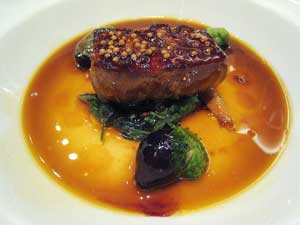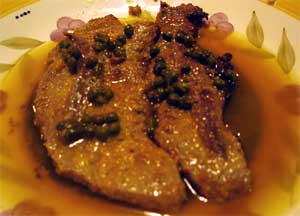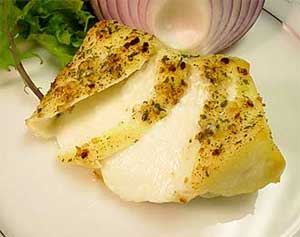Most people aren’t socially conscious about what they eat, meaning they don’t particularly care if their favorite dish is controversial or not–they just crave it. And they don’t want to think about it too much. Then there are those who make an effort not to eat certain foods based on ethical and environmental considerations. These sensitive diners would rather eat rat shit than stuff their gullets with foie gras and fish species that are possibly being overfished. This list is for them.
1) Hey! Stop Choking That Goose
Foie gras is a delicacy in France, and it’s been popular in the United States for the last 20 years or so. Foie gras literally means “fat liver” in French. And it’s exactly that: a well-stuffed liver from a goose or duck. The gripe with animal activists is that the birds are force-fed (with a long tube that’s crammed down their throats) cornmeal for several months. During this time, the birds have their movement restricted so they become nice and fat, due to overeating. You be the judge whether or not this is ethical.
 |
| Foie Gras |
2) It’s Just a Little Calf, Man!
There is no doubt that veal is tender stuff. The flesh of a young beef calf (slaughtered at around 2-3 months) is pale in color and super-lean because the animals are only fed milk and formula during their short lives. Muscle movement equates to tougher meat, and eating grass makes the flesh redder in appearance, so it’s imperative that veal ranchers not let their animals loose in the pasture. Therein lies the controversy with veal: often the young calves are kept in crates to restrict their movement. This cruel practice is not as common as it used to be, but the animals are still given antibiotics and growth hormones, which can permeate the tender meat.
 |
| Veal Cutlets |
3) What Do You Mean It’s Not Sea Bass?
During the ’80s and ’90s, it seems like you couldn’t open a menu without seeing Chilean sea bass gussied up in some contemporary manner. But this flaky, white fish is not as common anymore because some environmental groups have made a stink about the overfishing of the species, which is generally caught off the coast of South America. Whether it’s true or not, a bigger issue is that you are probably not eating Chilean sea bass most of the time–many fish purveyors and restaurants are passing off toothfish (both the Antarctic and Patagonian species) as sea bass.
 |
| Chilean Sea Bass Filets |
4) That’s One Ugly Fish!
Monkfish, also known as headfish, is often called poor man’s lobster because of its sweet flavor and firm texture. Anyone who has ever seen a monkfish can attest to the sheer ugliness of this Atlantic breed. (They look like mutated sea creatures with fat heads and extremely bulgy eyes!) Yet that’s not the gripe with environmentalists, but it should be–no fish that ugly should be displayed whole in any fish market. Some conservation groups claim that this species is being overfished in the south and east Atlantic Ocean. They also cry foul because monkfish are often bottom-trawled and gillnetted, which subsequently destroys other fish species.
 |
| Monkfish |
